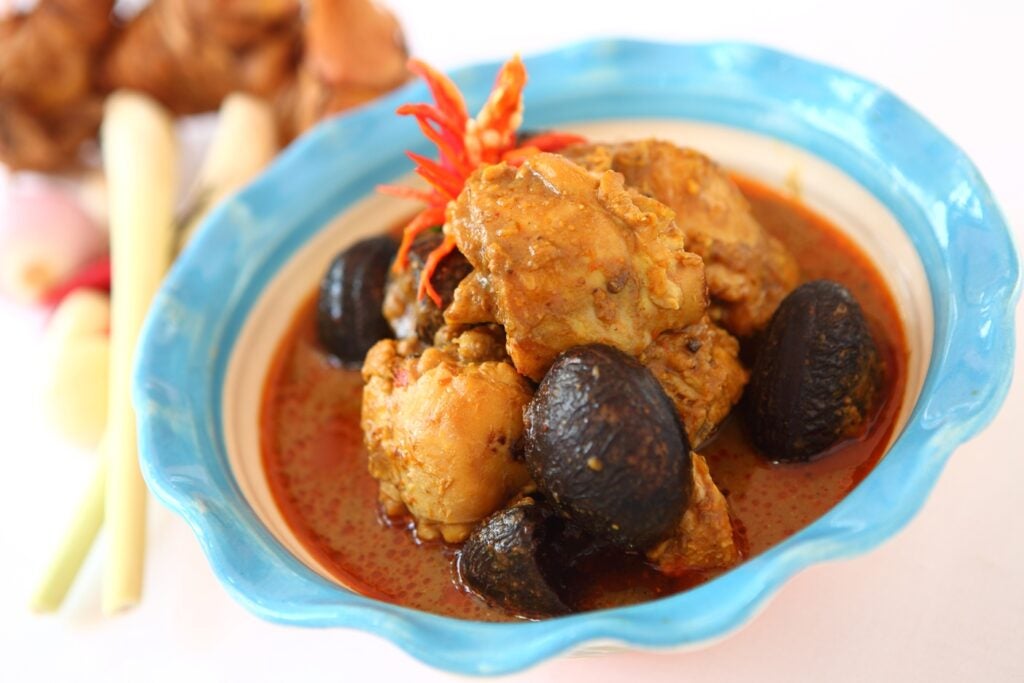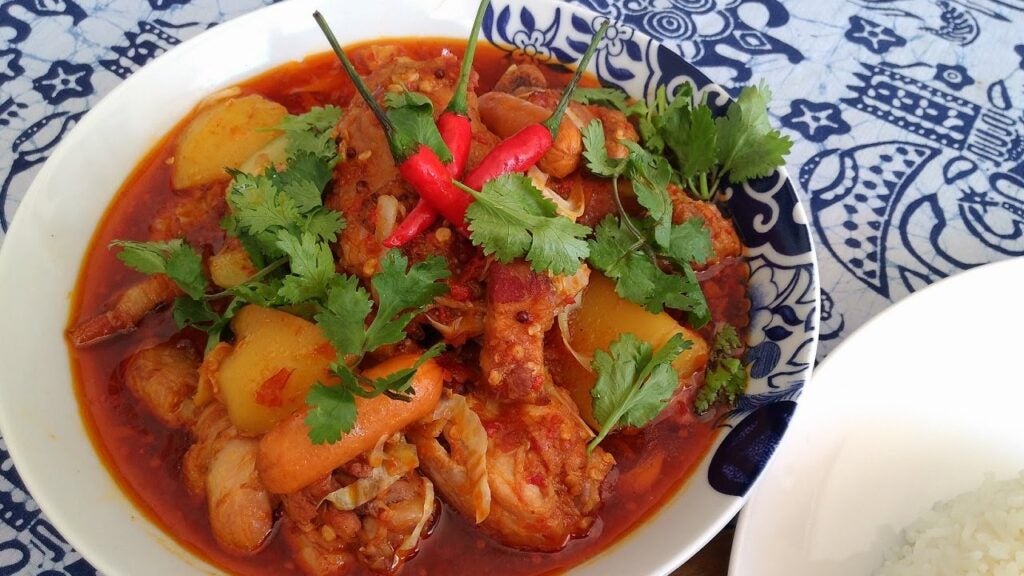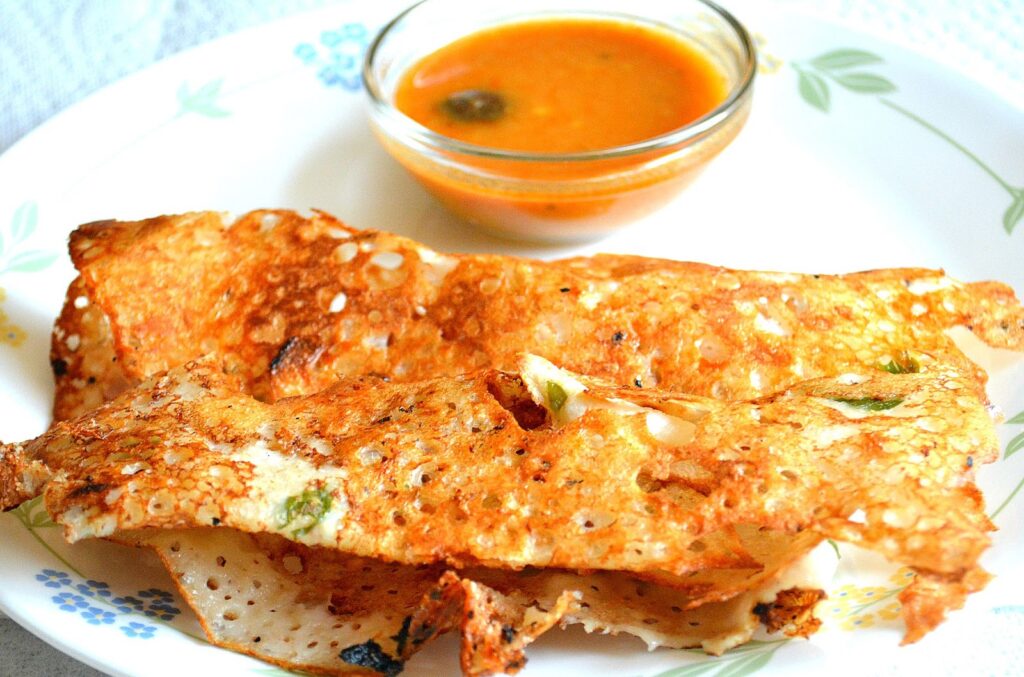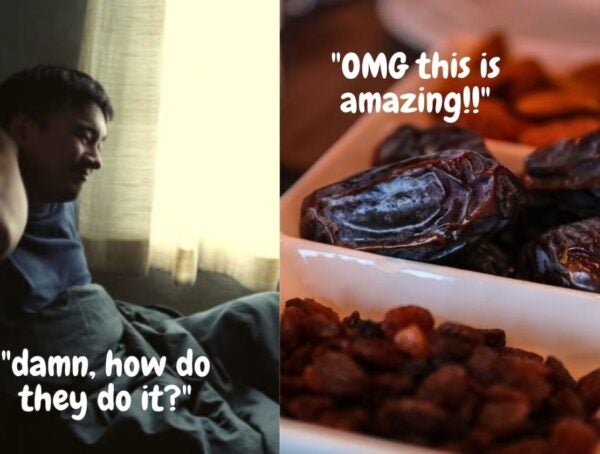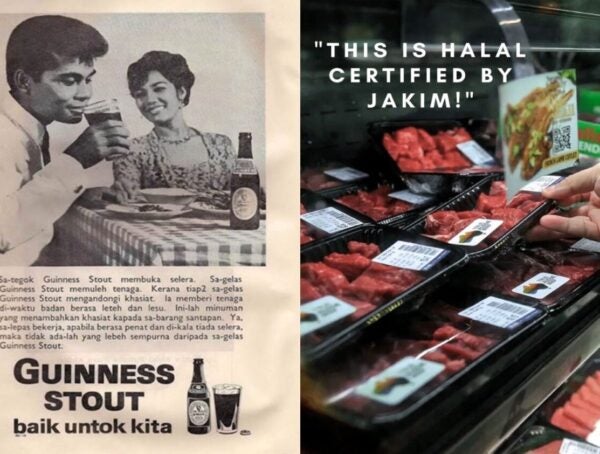Disclaimer: In Real Life is a platform for everyday people to share their experiences and voices. All articles are personal stories and do not necessarily echo In Real Life’s sentiments.
Malaysians are the kind of people who will queue for hours for food. When anything goes wrong in the country, oftentimes locals turn to the joke that “hey, at least we have good food”. To be fair, we do have a great food culture – the diversity of Malaysia’s cultures and the richness of our history has lent itself to a world of fusion dishes and standout meals from our standard cuisine.
For the sake of clarity, the nebulous definition of “not mainstream” is loosely defined here as: something that isn’t popular the way nasi lemak, char kuey teow or vadai are.
These are the local dishes that aren’t mainstream that Malaysians love:
1. Ayam buah keluak
Cooking this is a tedious process according to Tim, who is of Peranakan descent. The seed of the buah keluak has a scent and flavour that is comparable to truffles: rich but smoky and earthy. It is also called the Black Diamond of Peranakan cooking. It is often used in cooking within Malaysia, Indonesia and Singapore, because the trees are native to this region.
To cook ayam buah keluak, the process is painstaking: you must crack the tip of the seed open to leave an opening large enough for a teaspoon, scrape out the inti, place the inti in a lesung and pound away. Then you have to sumbat the inti back into the seed.
Eating the dish includes using a small spoon to scrape the filling of the seeds out to enjoy with bites of chicken and rice. Although regarded as an acquired taste, it’s a great flavour that every Malaysian passionate about food must try!
2. Johor laksa
A noodle dish topped with fresh crispy vegetables and spicy fish gravy, it’s considered a fusion dish because the noodles are actually spaghetti. Benjamin describes how eating it every single time feels like a different culinary experience to him.
“It’s fun to eat because there are so many different components to it,” he told me excitedly. “You can eat the noodles then chase it with vegetables or the other way around, which completely changes the flavour and texture profile!”
The story goes that Sultan Abu Bakar, who was the Sultan of Johor in the late 1800s, fell in love with spaghetti on a trip to Italy and, on his return, ordered his chef to make laksa with spaghetti.
It’s supposedly not well known outside of Johor, but it should be!
3. Curry debal
Also known as “curry devil” because of the heat it packs, this dish is from the Serani community where it is a staple of home cooking for special occasions. It has been described as a type of chicken curry, but with vinegar added. Another fusion dish, curry debal came about from the intermarrying of the Portuguese with locals. A great example of how the marriage of cultures also produces a marriage of flavours!
Every Serani family has their own special recipe and so it will taste different according to the family who cooks it. Samantha’s family’s version of the dish has more South Asian influences due to the infusion of Indian subcultures into her family. “It probably tastes closer to vindaloo,” she admitted of her family’s version.
Like most dishes that have a vinegar base, curry debal matures when kept and will taste better as the days go on. Obviously this has a limit and it can go bad, but two day old curry debal is hard to beat, according to Samantha. “I love eating it with bread, but my sister enjoys it best with some nice steamed rice.”
4. Rava dosa
We all know about dosa or “thosai” – plain regular dosa, masala dosa, paper dosa… but what about rava dosa?
“I prefer it over any other type of dosa because of its crispy texture,” Tina said. “It also feels healthier to me than the other options because it has a bit of veggies in it.”
Compared to the regular dosa, rava dosa is less of a hassle to cook: it does not require fermentation and once ingredients are mixed up it can be cooked instantly!
“It’s so good when it’s hot and crisp, especially with a good coconut chutney,” she raved.
Not only is it easy to cook at home, if you have the right ingredients, it’s also great to customise! Some like it with extra onions and others love to insert a potato filling similar to what’s done with masala dosa.
5. Cencaru fish
Did you know that cencaru is the name of the fish used in the preparation of the dish? The full name of this dish is actually “ikan cencaru sumbat sambal”. Ikan cencaru (“torpedo scad” in English) is a hardy fish with barely any scales that holds up well to being stuffed and deep fried. It has little flavour of its own, however, but that’s what the sambal is for! In its own way, the ikan cencaru is an excellent vehicle for the strong and spicy flavours of sambal. You can often find this dish in Malay gerai as part of the lauk.
Kate thinks that this is her favourite non-mainstream local dish because of how well it pairs with steamed rice. However, she does admit that the dish is only as strong as the sambal – badly prepared or flavoured sambal could ruin the whole thing.
Fuss-free to cook and easy to reheat, ikan cencaru is a simple dish that brings great flavour when done well!
This list is in no way exhaustive or in any particular order
Food is one of life’s pleasures and it does little to reduce it to its popularity. People should enjoy eating whatever they want. What this list aims to do, on the other hand, is to introduce Malaysians to the broad variety of food available to us and to celebrate the contributions of each culture to our local cuisine.
Let’s celebrate our food culture by supporting our local makciks and their gerais so that we can continue to enjoy good food!
For more stories like this, read: Weird Experiences You Would Never Expect To Happen Because Of Food Deliveries, “The Malaysian Way Of Eating Food” Is Simply To Eat Food (Or So I Thought), and The Humbling Story Of An Elderly Malaysian Couple Who Started Selling Nasi Lemak From Their Car.
You might also like
More from Real People
‘I Skipped a Police Report. Now I’m Investigated for Hit-and-Run.’“Shares M’sian man
This is the story of a Malaysian guy who never imagined a forgotten accident would return as a police investigation.
Tales From Inside a UNHCR Centre by 39 YO Refugee living in Malaysia
This story is about life in a UNHCR waiting room, where pain, hope, and patience collide. Every person carries a …
“It’s Important to Have A Place to Be Yourself” Shares 32 YO Man Who Frequents Men-Only Club that Got Raided
This is the story from a gay man that frequented the wellness club that got raided and made headlines recently …






